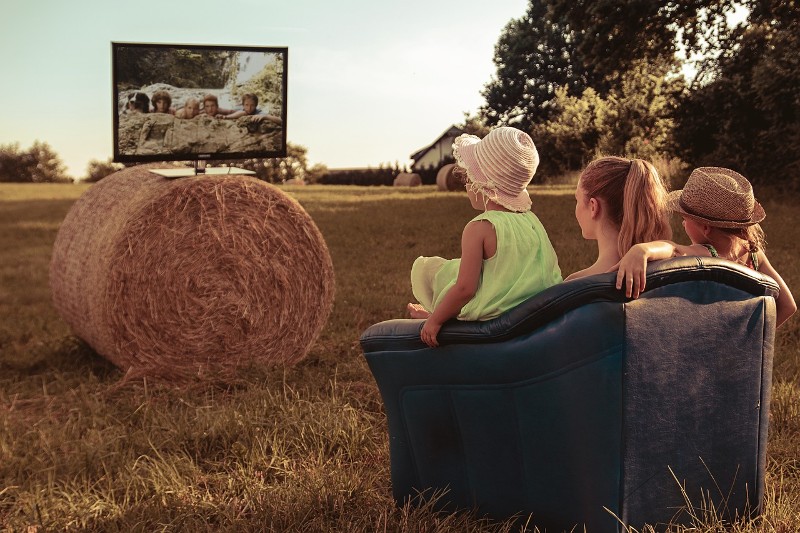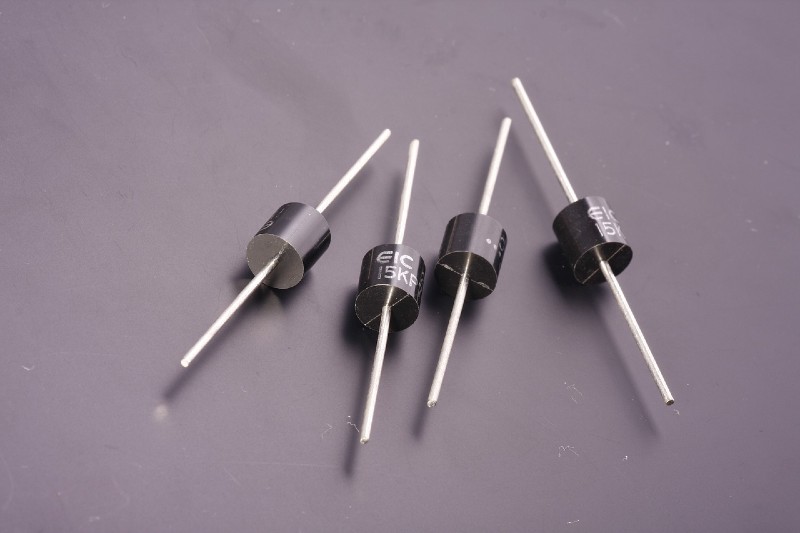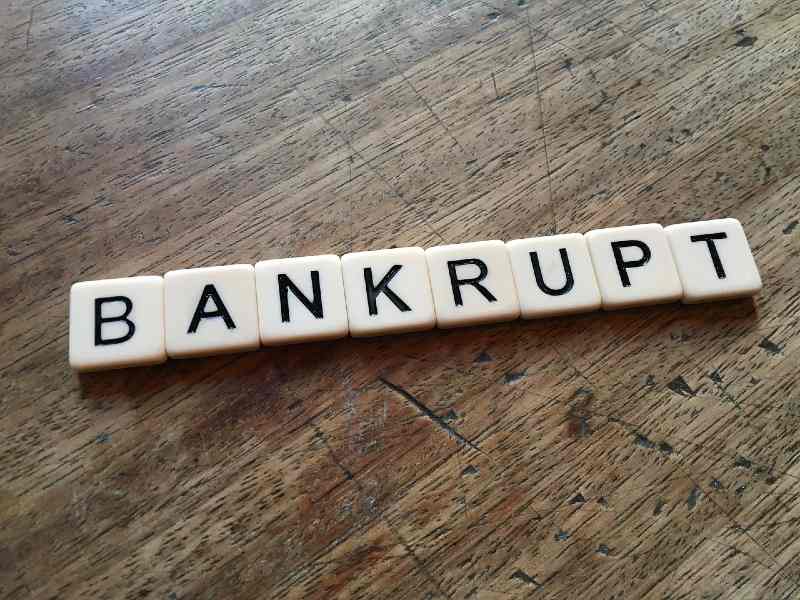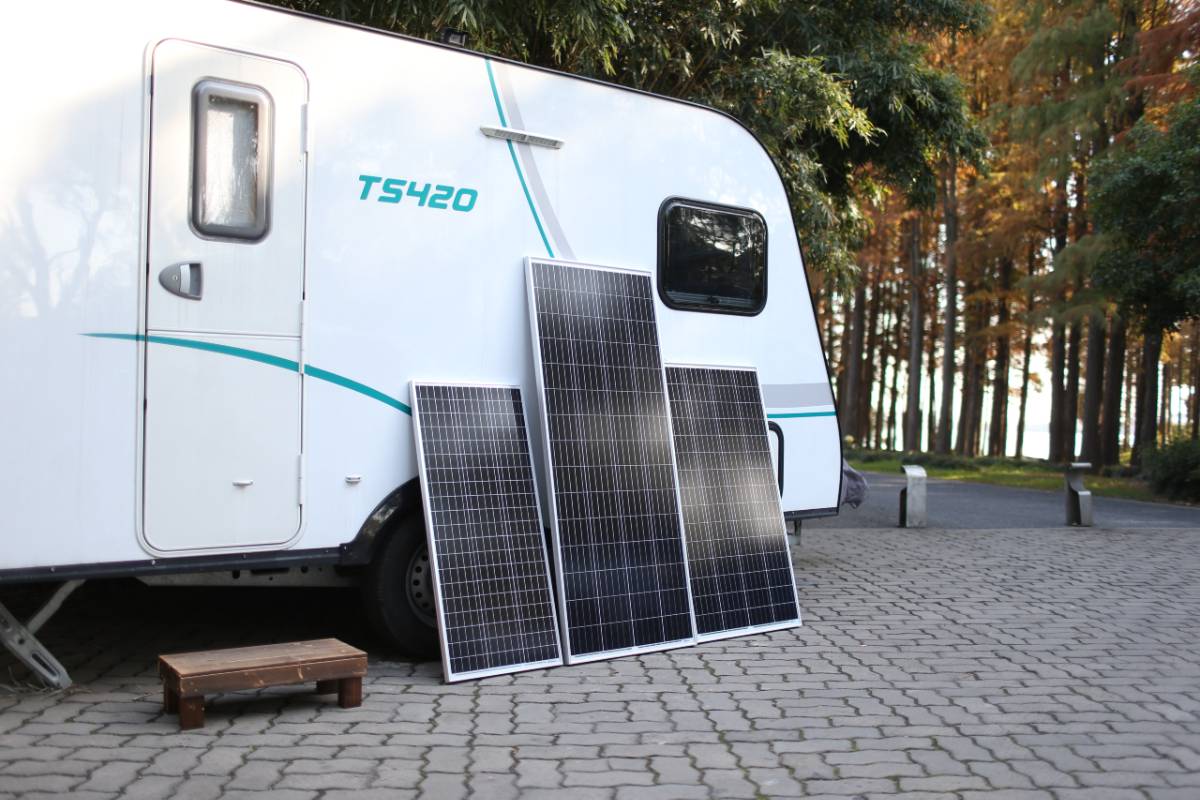These days, using solar energy for everyday tasks is getting a lot of attention.
It’s a smart way to cut down on energy costs and be kinder to the environment.
And you might wonder, can we use solar power to run our TVs?
The good news is, yes, we can.
You need at least a 100W solar panel system to power a TV.
In this article, I will guide you in figuring out just how many solar panels are necessary to power your TV.
Key Takeaways
- To calculate how many solar panels you need to power your TV, first figure out your TV’s energy usage, which you can find in the TV’s manual or online.
- Determine your local peak sun hours to understand how much energy a solar panel can produce in your area, which varies based on location and weather.
- Calculate the theoretical size of your solar system by dividing your TV’s daily energy consumption by the peak sun hours, then adjust for system losses.
- Find out the number of solar panels by dividing the required system size by the wattage of the solar panels you plan to use.
How to Calculate the Number of Solar Panels You Need to Run a TV?
1. Calculate Your TV Energy Consumption
Before we start, it’s important to determine how much energy your TV uses.
You can do this by referring to the owner’s manual or searching online for the power consumption of your specific model.
I use a 50-inch LCD TV and it consumes around 60 watts per hour when it’s in use.
If I use it for 6 hours a day, we can calculate the daily energy consumption of my TV as:
Total Daily Consumption = 6 x 60 Watts = 360 Watt-hours (Wh)
We’ll be using this figure in our calculations later.
2. Find out Your Peak Sun Hours
How much energy a solar panel produces depends on how much solar irradiance it receives.
However, the sunlight intensity varies greatly throughout the day and highly depends on the weather and season.
Sometimes the solar irradiance can be 300W/m², while at other times, it can be 1,000W/m².
So to make calculations easier, solar experts use something called “peak sun hours” (PSH).
Peak sun hours refer to the number of hours per day when the solar irradiance is 1000W/m² per hour.
For example, if the peak sun hours for your location is 4.5, it means that your solar panels can generate up to 4,500 Wh of energy per day.
You can use the NREL calculator to find the peak sun hours for your location.
I live in California, so I’ll use 5.83 peak sun hours for this example.
3. Calculate Your Theoretical Solar System Size
We now have all the information we need to calculate the size of our solar system.
Using the formula below, we can figure out how many watts of solar panels we need:
Required Solar System Size (in Watts) = Daily Energy Consumption (Wh) / Peak Sun Hours
So for my 50-inch LCD TV, I’ll need:
Required Solar System Size = 360 Wh / 5.83 hrs = 61.8 Watts
So, to run my LCD TV, I’ll need at least 62 watts of solar power.
But this is just the theoretical size under perfect conditions.
We still need to factor in some losses due to things like shading, dirt accumulation on the panels, and other losses.
4. Factor in Solar System Losses
Any solar system will experience some losses due to factors like shading, inverter efficiency, thermal losses, dirt accumulation, wiring resistance, and other factors.
These factors will affect the actual output of your system, so it’s important to factor them in when calculating the size of your solar system.
The industry standard for losses is around 14%, so we can use this figure to calculate our actual solar panel size:
Actual Solar System Size (in Watts) = Required Solar System Size (Watts) x 1.14
So my actual solar system size will be:
Actual Solar System Size = 61.8 Watts x 1.14 = 70.5 Watts ~ 71 Watts
This means that I’ll need at least 71 watts of solar panels to run my LCD TV.
5. Calculate the Number of Solar Panels
Solar panels are rated by their power output, which is measured in watts.
Most solar panels’ wattage ratings on the market range from 250W to 400W.
This wattage rating refers to the amount of power that the panel can generate under peak sun conditions per hour.
For example, a 100W solar panel will generate 100 watts of power per hour when the sunlight is at 1,000W/m².
Say we’re using a 100W solar panel.
To calculate the number of panels we need, we’ll use the following formula:
Number of Panels = Actual Solar System Size (Watts) / Rated Power Output of Each Panel (Watts)
So for my 71-watt system, I’ll need at least:
Number of Panels = 71 Watts / 100W = 0.71 ~ 1 Panel
This means that I’ll need at least one 100W solar panel to run an LCD TV.
What Battery Size Would I Need to Run a TV?
Solar panels generate DC electricity, but they don’t store it.
This can work if you’re running your appliances during the day, but what happens when it gets dark?
That’s where solar battery systems come in.
A solar battery system stores the excess electricity so you can use it later at night when the panels aren’t producing enough power.
To calculate the size of the battery, you can use the following formula:
Battery Size (Ah) = Solar Panel Daily Output (Wh) / Battery’s Voltage (12/24V) / DoD (0.5/0.75/0.8)
In our example, to calculate the solar panel’s daily output, we can use the following formula:
Solar Panel Daily Output (Wh) = Number of Panels x Rated Power Output per Panel (W) x Peak Sun Hours x (1-0.14)
So, for my LCD TV example, the daily output of the solar panel will be:
Solar Panel Daily Output = 1 panel x 100 Watt x 5.83 hrs x 0.86 = 501.38 Wh
Now, let’s assume I’m using a 12V solar battery with a Depth of Discharge (DoD) of 50%.
My battery size will be:
Battery Size (Ah) = 501.38Wh / 12V / 0.5 = 83.6 Ah ~ 84 Ah
So, I’ll need a battery of approximately 84 Ah to run my LCD TV.
I’ll also need a charge controller to regulate the current and avoid overcharging the battery with solar panels.
Do I Need an Inverter to Run a TV on Solar Power?
You need an inverter to run an LCD TV on solar power.
Solar panels produce DC electricity, while most household appliances like TVs run on AC electricity.
Inverters convert DC power from solar panels into AC power so that your TV and other appliances can use it.
The size of the inverter will depend on the type of solar system and your power requirements.
For instance, if you want to power a full PC setup on solar energy, you’ll need a larger inverter than you’ll need to power just a TV.
If you’re using a grid-tied solar system, to calculate the size of the inverter, use the following formula:
Inverter Size (Watts) = Rated Power Output of Each Panel (W) x Number of Panels x 1.15
For our example, the size of my inverter will be:
Inverter Size = 100 Watt x 1 panel x 1.15 = 115 Watts
But, if you’re using a small off-grid system, you just need to add up all of your appliances’ power requirements to get the size of inverter you need.
For example, if you have an LCD TV with a power requirement of 200 Watts, a laptop with a power requirement of 30 Watts, and a few other devices that add up to 50 Watts, then your inverter size will be:
Inverter Size = 200W + 30W + 50W = 280 Watts
So, you’ll need an inverter of approximately 280 watts to run all these appliances.
FAQs
Can I Run a TV off a Solar Panel?
You can run a TV off a solar panel, but you’ll need to calculate the required solar panel size based on your TV’s power consumption and usage patterns.
What Size Solar Panel to Power a TV?
The size of the solar panel needed to power a TV depends on the TV’s wattage and how long you use it each day; typically, a 100W solar panel is a starting point for a medium-sized TV.
Will a 200 Watt Solar Panel Run a TV?
A 200-watt solar panel can run a TV, providing ample power for most TVs if paired with a suitable battery and inverter system to ensure consistent power supply.
Conclusion
As promised, we’ve answered all the questions you might have had about running a TV on solar power.
We’ve discussed how to calculate the size of your solar system, battery, and inverter so that your TV can run smoothly and efficiently on solar energy.
And if you ask me, I’d recommend switching all your household appliances to solar energy.
It’s greener, more reliable, and will save you a lot of money in the long run.
Do you still have any questions?
If so, don’t hesitate to leave a comment below.






